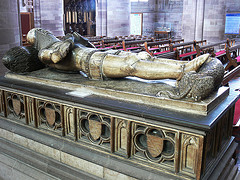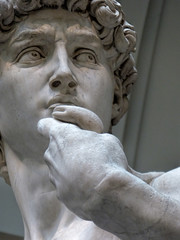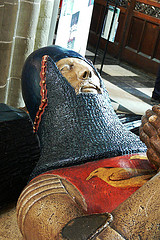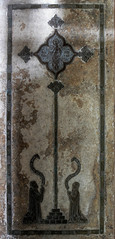PeriodIndex
 Sir Richard Pembridge (d1375) was one of the earliest Knights of the Garter, being elected following the death of Thomas Ufford in 1368. He was present at all of Edward III's major victories during the Hundred Years War: Sluys (1340), Creçy (1346), the Siege of Calais (1347), and Poiters (1356) where he fought alongside the Black Prince.
Sir Richard Pembridge (d1375) was one of the earliest Knights of the Garter, being elected following the death of Thomas Ufford in 1368. He was present at all of Edward III's major victories during the Hundred Years War: Sluys (1340), Creçy (1346), the Siege of Calais (1347), and Poiters (1356) where he fought alongside the Black Prince.
Donatello’s spiritelli—small bronze, dancing child figures—embody the Renaissance fusion of classical vitality and Christian joy. Created for settings from pulpits to private collections, these lively winged children transformed ancient putti into symbols of divine life and humanist celebration. Through their movement, naturalism, and charm, Donatello redefined sculpture as a living expression of sacred and worldly beauty.

Renaissance sculpture, flourishing from the 14th to the early 17th century, marked a revival of classical antiquity and humanism, centered primarily in Italy, with Florence as its epicenter. Emerging from the medieval Gothic style, it sought to emulate the idealized forms and balanced proportions of ancient Greek and Roman art, while infusing a newfound focus on naturalism and individual expression.







